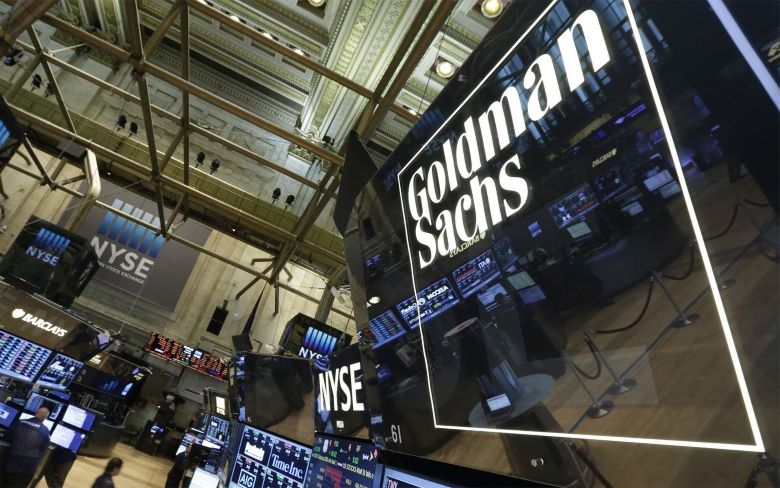Anamika Dey, editor
Brief news
- Goldman Sachs has reduced its anticipated probability of a U.S. recession to 20% after initially increasing it to 25% based on the July jobs report.
- The report showed a lower-than-expected increase in nonfarm payrolls, sparking concerns about the economy and causing a brief stock market decline.
- Recent data, including higher retail sales and lower unemployment benefit claims, has led to a shift in sentiment and a surge in global equities.
Detailed news
New labor market data has prompted a reevaluation of market perspectives on the economy, prompting Goldman Sachs to reduce its anticipated prognosis for a U.S. recession to 20%, a mere two months after it was enhanced.
After the U.S. July jobs report of Aug. 2 revealed a less-than-expected 114,000 increase in nonfarm payrolls, economists at Goldman Sachs increased their 12-month U.S. recession possibility from 15% to 25% earlier this month. This was a decrease from the downward revised 179,000 in June and was listed below the Dow Jones estimate of 185,000.
The report sparked extensive apprehensions regarding the world’s largest economy and played a role in the abrupt, yet ultimately brief, stock market decline that occurred at the beginning of the month.
Additionally, it initiated the “Sahm rule,” an established predictor that indicates the onset of the initial phase of a financial crisis when the three-month average fluctuation of the U.S. unemployment rate is at least half a percentage point higher than the 12-month minimum.
Goldman apparently mentioned this as a justification for increasing the likelihood of a slump in the economy. However, it reversed course on Saturday, stating in a note that it now believed the odds had fallen to 20% due to the absence of any evidence of a recession in data released since August 2.
This encompassed retail sales for July, which increased by 1% in contrast to an estimate of 0.3%, and weekly unemployment benefit claims, which were lower than anticipated.
The figures precipitated a shift in sentiment, which was indicative of a surge in global equities late last week.
Goldman economists stated on Saturday that the United States would appear more comparable to other G10 economies, where the Sahm rule has been enforced less than 70% of the time. They also noted that several smaller economies, such as Canada, had experienced substantial unemployment rate increases in the current cycle without experiencing a recession.
Claudia Sahm, the chief economist at New Century Advisors and the inventor of the rule, stated on CNBC that she did not believe the United States was currently in a recession. However, she acknowledged that further deterioration in the labor market could potentially propel the country into one.
The bank’s economists stated that a robust employment report on Sept. 6 would “likely” prompt Goldman to reduce its recession probability back to 15%, a level it had maintained for nearly a year prior to August.
They also stated that Goldman will increase its confidence in its prediction of a 25-basis-point rate cut at the Federal Reserve’s September meeting, rather than a more substantial 50-basis-point reduction, unless there is another negative surprise in the employment report.
According to CME’s FedWatch tool, markets have fully priced in a Fed rate cut in September, but they have reduced the probability of a 50-basis-point reduction to only 28.5%.
On Monday, Rashmi Garg, senior portfolio manager at Al Dhabi Capital, stated on CNBC’s “Capital Connection” that she anticipated a 25 basis point reduction in the rate “unless we observe a substantial decline in the labor market in the September 6 jobs report.”
Source : CNBC News




